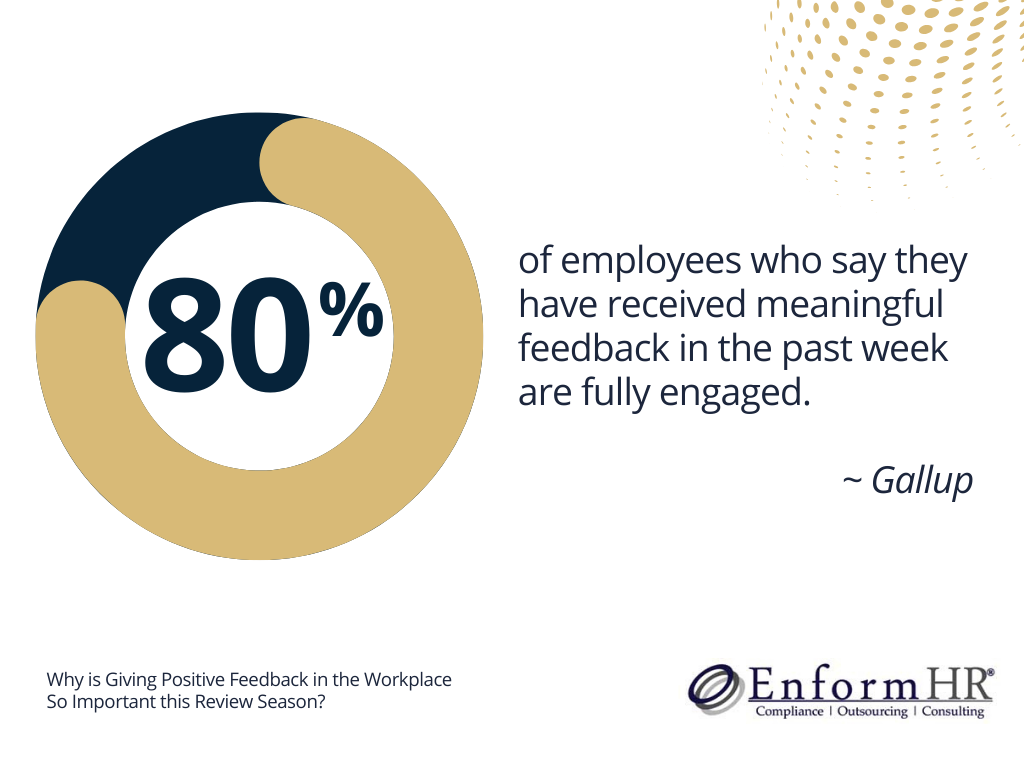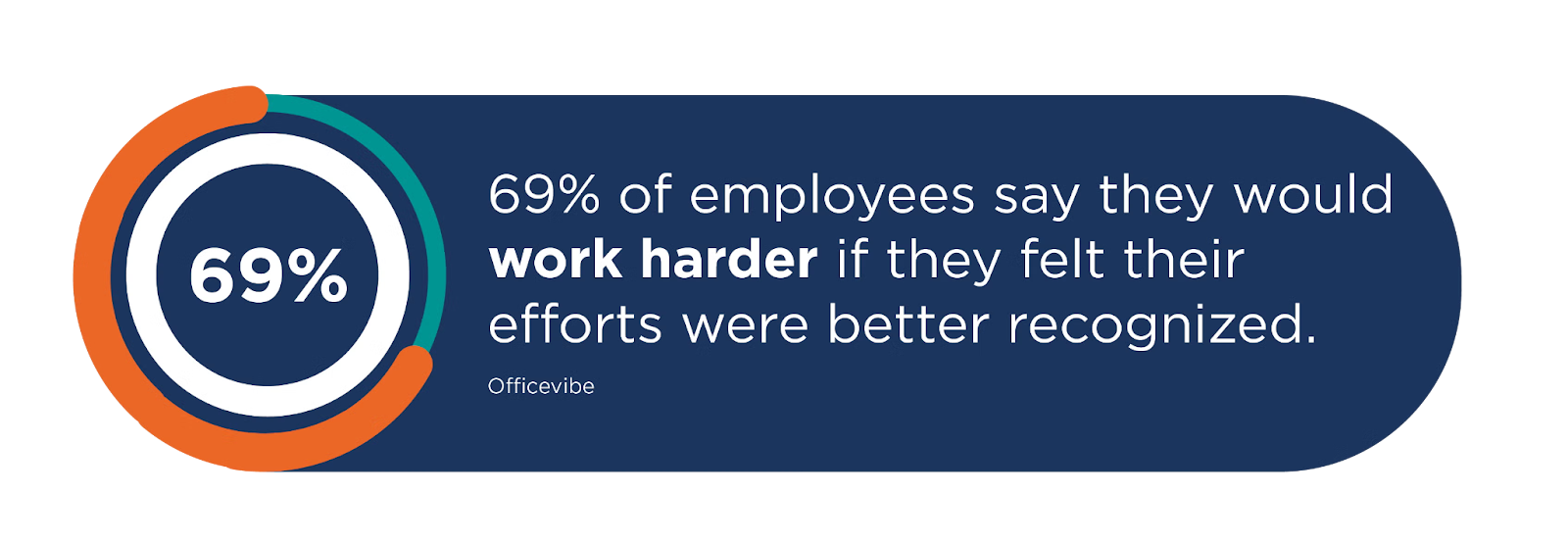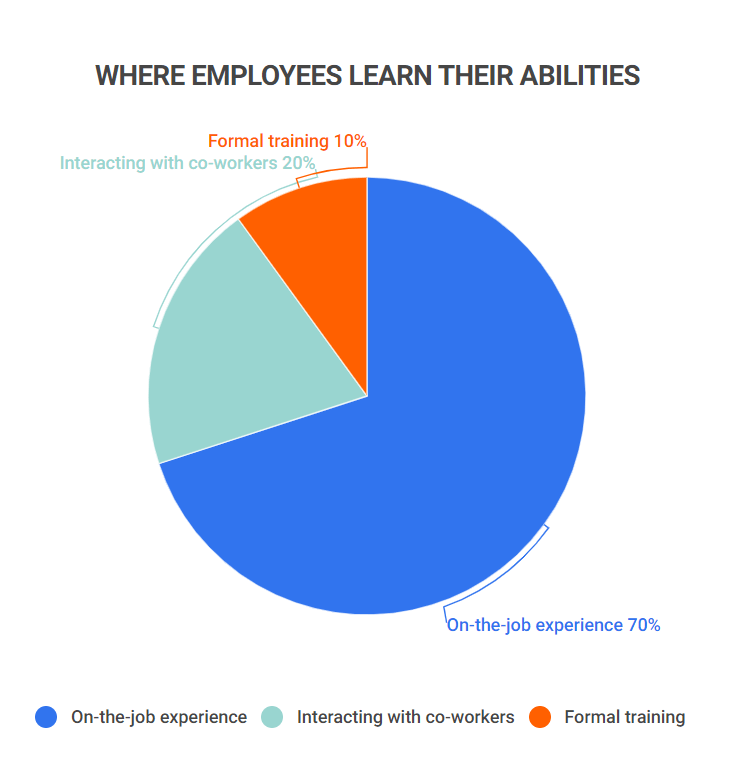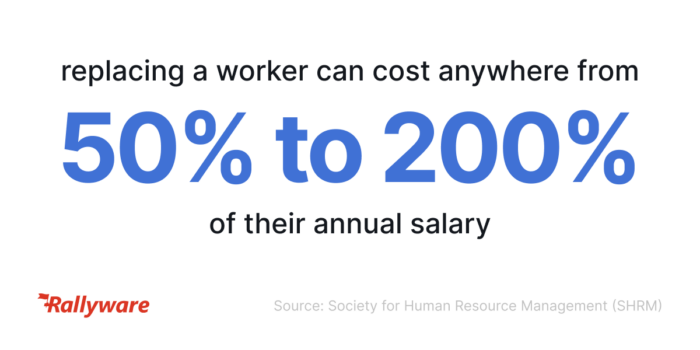Motivation Training: Techniques, Benefits, and Real-World Examples
Boost workplace engagement and productivity with these eight motivation training techniques. Learn how motivation training transforms your workplace culture.
Boost workplace engagement and productivity with these eight motivation training techniques. Learn how motivation training transforms your workplace culture.

According to Gallup’s 2024 State of the Global Workplace report, only 21% of employees worldwide are actively engaged at work. This leaves the remaining majority feeling disconnected, uninspired, and unproductive at work. Fortunately, motivation training offers a practical solution to this problem.
Unlike temporary pep talks, motivation training goes beyond a mere speech. It's a targeted strategy that equips employees with the mindset, tools, and environment they need to stay focused and motivated. Whether you're leading a startup or managing a large corporate team, keeping your employees motivated and engaged ensures maximum productivity.
This guide explains 8 effective techniques that lead to long-term organizational growth. Furthermore, it also discusses benefits and some real-world examples of motivation training.

Motivation training is a structured approach to improving the internal drive of employees. It focuses on developing psychological and behavioral skills that fuel initiative and discipline.
Instead of motivational speeches offering a short-term boost, motivational training is incorporated into day-to-day workflow. It includes elements like feedback systems, gamified tasks, and digital tools, all designed to sustain engagement over the long term.
The Gallup Report 2024 shows that employee disengagement costs the world economy approximately $438 billion annually. This highlights the urgent need for motivation training that not only boosts employee engagement but also pushes them to upskill and get proper training.
Here are a few proven motivation training techniques that leverage modern learning design for effective training.

A one-size-fits-all approach falls short in today’s diverse workplaces. That’s why it’s essential to understand the needs and interests of individual employees to know what truly drives them. Whether it’s career growth, autonomy, or flexibility, every individual has a personal motivator that keeps them focused and inspired to work harder.
You can use surveys and feedback loops to uncover individual motivators. The more aligned your training is with their goals, the more motivated they’ll be to participate at work.
According to the LinkedIn Workplace Learning Report, 94% of employees say they would stay at a company longer if it invested in their learning and development. Creating training content that works around their interests ensures the content feels both personal and purposeful. It motivates employees to actively engage and apply what they've learned.

Motivation training becomes significantly more effective when delivered in short, focused, and easy-to-digest format, also known as microlearning.
These bite-sized training modules, whether in the form of quizzes or videos, allow employees to absorb information quickly without disrupting their workflow. According to the Journal of Applied Psychology, microlearning enhances knowledge transfer by 17%, making it a strategic approach for long-term retention.
Rather than overwhelming employees with lengthy training courses, microlearning integrates into their daily routines. Be it a 3-minute demo tutorial, a quick quiz to test their knowledge, or an interactive infographic, these modules promote continuous learning in manageable doses. Microlearning modules are especially successful in hybrid or remote environments, where time and focus are often fragmented.

Timely feedback is one of the most underrated tools in motivation training. It serves as both a performance check and a motivational boost, helping employees stay aligned with their goals. Research indicates that 80% of employees who receive regular, meaningful feedback report higher engagement at work.
However, feedback doesn’t only mean correcting mistakes. Constructive feedback highlights specific behaviours, emphasizes progress, and offers practical steps for improvement. Encouraging a two-way conversation where employees reflect on their shortcomings and areas for development keeps learning on track and boosts their morale.

When employees feel appreciated at their workplace, their engagement and performance rise dramatically. A study by Deloitte shows that companies with recognition programs have a 31% lower voluntary turnover rate and are more likely to have strong business outcomes. These stats reinforce the idea of visible, timely affirmation.
The recognition can be formal, such as performance-based incentives, or informal, like a public shout-out. Either way, the key is authenticity. You need to mean it when you thank your employees for their hard work and efforts.
Additionally, personalized rewards amplify the impact. While one employee may be motivated by a monetary bonus, another might prefer extra time off or flexible work hours. Tailoring recognition to individual preferences makes it more meaningful and more effective.

Technology plays a vital role in scaling and personalizing motivation training. Outdated slides and manuals are no longer sufficient for modern workplaces. Employees perform better with interactive, responsive, and self-paced learning experiences. One such example is Learning Management Systems (LMS) that allow companies to create a dynamic learning environment, complete with quizzes, analytics, and performance reviews.
According to the CIPD 2023 survey, large organizations are increasingly investing in digital learning; 53% reported greater use of digital solutions, while 61% increased investment in learning technologies. These tools empower trainers to monitor progress, provide real-time feedback, and adjust programs to meet evolving workforce needs.
Try Coursebox eLearning Platform:
Coursebox offers an AI-powered Learning Management System that enables you to create training courses in just a few minutes. It also provides access to AI tutors, assessments, and quizzes. The tailored content, combined with automated quizzes and grading, keeps employees engaged, leading to increased productivity.

Employees who believe their voices are heard are 4.6 times more likely to perform their best. This makes employees' input an essential tool for motivation training.
Ask your employees: What do they want to learn? What skills do they feel they lack? What would they like to change at their workplace?
Encourage them to provide feedback on their work environment, learning opportunities, and their identified skills gaps. This ongoing dialogue creates a culture of shared ownership and continuous improvement. When employees feel included, they are more likely to be engaged and productive during work.

On-the-job training helps employees apply new skills in a real-time environment, reinforcing what they've learned and boosting engagement. This hands-on approach aligns with adult learning theory, which emphasizes practical experiences over just theoretical training content.
Real-world learning naturally boosts engagement because it connects efforts to outcomes. You can make it more interactive by including hands-on exercises, role-playing, and team-building exercises.
By making it a team effort, employees can learn from others' experiences and incorporate the teachings in their daily work.

Adding gamified learning elements, such as leaderboards, badges, and challenges, transforms learning from a passive task into an engaging, goal-oriented experience. Research shows that 87% of employees who received gamified training felt more motivated, with 83% of them even willing to spend more time on training.
Not only does it boost participation rates and improve knowledge retention, but it also builds a friendly dynamic in the workspace. Spare a working day for such activities to allow your employees to relax and avoid burnout. When employees enjoy their work, the results are evident in the ROI.
When it comes to implementing motivation training, some companies lead by example. These organizations incorporate motivation training as a consistent, strategic tool for building engaged and productive teams.
It is a Texas-based homebuilder company, consistently ranked among Fortune's “100 Best Companies to Work For.” Almost 98% of their employees consider it a great place to work, primarily due to its exceptional values, leadership, and development programs.
A few of the company’s employee-centric policies that keep them satisfied with their jobs include:
Google is another organization known for its positive workplace culture. The company invests in its employees’ well-being and ensures they never feel burnt out.
Besides offering free healthy meals, on-site fitness centers, and flexible work arrangements, Google also has a “20% Time Rule.” This initiative enables employees to take up to 20% of their time off to work on their passion projects. It is also a form of motivation training that sparks creativity and innovation. As a matter of fact, many of Google’s most successful products, such as Google News and Google AdSense, originated from this initiative.
Microsoft believes in a growth mindset model that allows its employees to find a deeper meaning in their work. Their training programs are designed to embrace challenges and learn from failures.
Microsoft is one of the leading companies to encourage its employees to work remotely. The Work-From-Home policy promotes flexible work arrangements, which helps the company attract top talent from around the world.
With increasing pressure to retain talent, improve productivity, and resilient teams, more companies are turning to motivation training as a strategic investment. When executed effectively, it delivers both immediate and long-term benefits. Here are the five most important benefits of motivation training:

Motivated employees are more likely to take initiative, meet deadlines, and overcome challenges without constant supervision.
Research shows that employees who are actively engaged in their work deliver 17% higher productivity than their disengaged peers. This means a motivated workforce can do significantly more with the same resources. Motivational training helps employees develop the internal drive and goal-oriented mindset needed to stay focused, even in high-pressure environments.

Employee turnover can get costly. The SHRM estimates that replacing an employee can cost anywhere between 50% to 200% of their annual salary. This includes the cost of recruitment, onboarding, lost productivity, and strain on existing teams.
By establishing a sense of purpose and promoting personal growth, motivation training addresses one of the top reasons employees quit: a lack of opportunities for growth and development. It supports the idea that the company is invested in its employees' success, which increases loyalty and job satisfaction.
A positive workplace culture doesn’t happen overnight. It’s built gradually with shared values, daily interactions, and a collective sense of purpose.
When motivation training becomes a part of a company’s core values, it lays the foundation for a more productive, engaged, and connected workforce. This results in a positive workplace with less risk of interpersonal conflicts.
Today’s workforce, especially millennials and Gen Z, values purpose over paycheck. They want to work in organizations that prioritize personal growth, learning, and alignment with individual goals.
Companies that offer motivation training signal a commitment to these values, making them more attractive to high performers. In addition, it helps retain that talent by ensuring their employees continue to grow in their careers through upskilling training.
Employee motivation and engagement may be harder to measure, but their impact is unmistakable. In fact, motivation training often yields one of the highest returns on investment in workplace development. When employees are motivated, they work more efficiently, solve problems more quickly, and are more likely to remain with the company.
These outcomes drive real savings by reducing turnover, performance issues, and time lost to disengagement. They also create revenue-generating opportunities through increased productivity and better customer experience.
Motivation is the key to innovation, adaptability, and agility, which lead to success. When teams are fueled by purpose, they not only perform better but also contribute to a more progressive organization.
Motivational training also boosts workplace engagement and builds momentum that lasts beyond the training session.
Ready to transform your workforce? Build a custom motivation training program with Coursebox today. From AI-powered course creation to real-time progress tracking and interactive modules, Coursebox gives you everything you need to drive engagement and motivate your employees.
Start your free trial with Coursebox today!
The 6 C’s of motivation are Choice, Challenge, Control, Collaboration, Constructing meaning, and Consequences. In motivation training, these key elements help create an environment where employees feel engaged, valued, and purpose-driven.
Effective motivation training includes:
These techniques enhance employees’ engagement, motivating them to perform at their best for career growth and incentives.
The key objectives of motivation training are to boost engagement, align personal and organizational goals, reduce employee turnover, and build a positive workspace. The ultimate goal is to transform motivation into measurable performance and achieve long-term organizational success.
To incorporate motivation training in your workplace, start by identifying performance gaps and employee needs. Use engaging methods, such as microlearning and video-based learning, to boost participation. You can use tools like Coursebox to build professional and engaging training courses tailored to your team’s needs.
